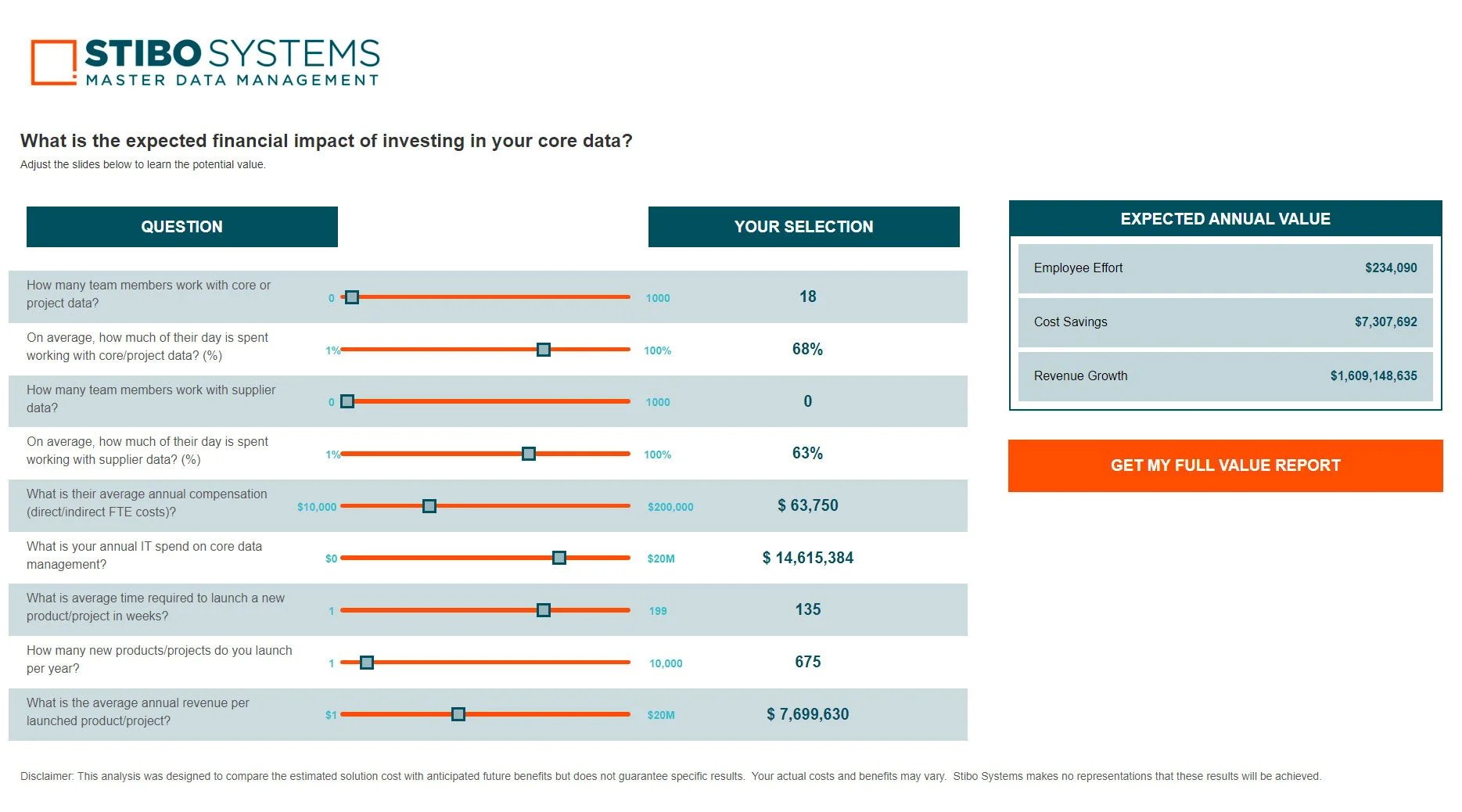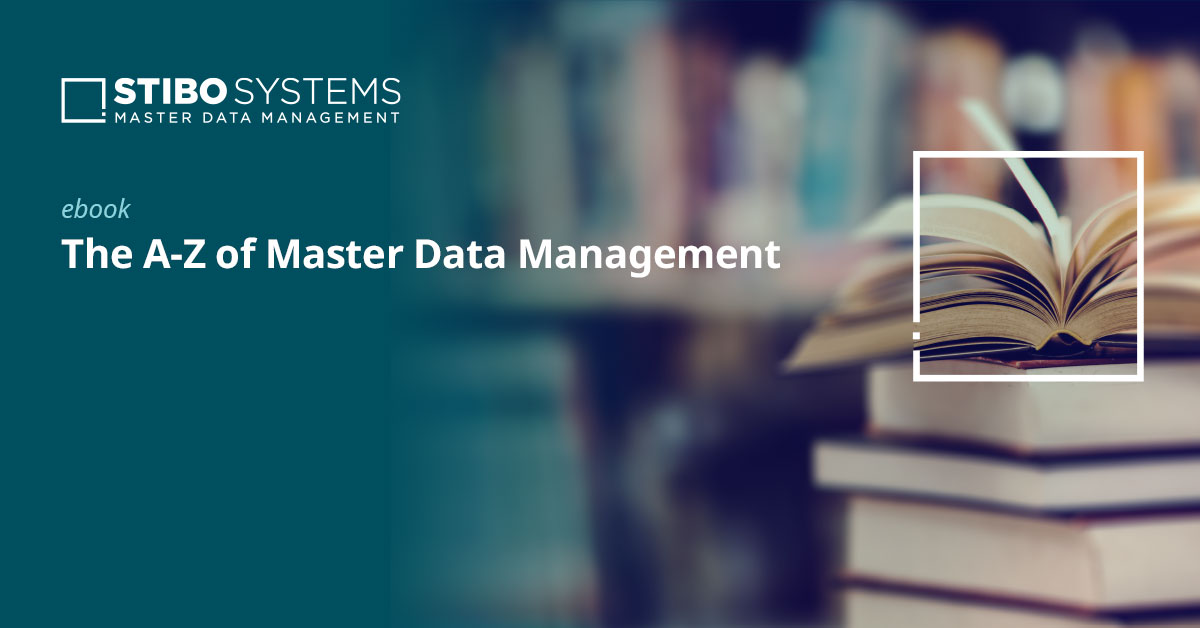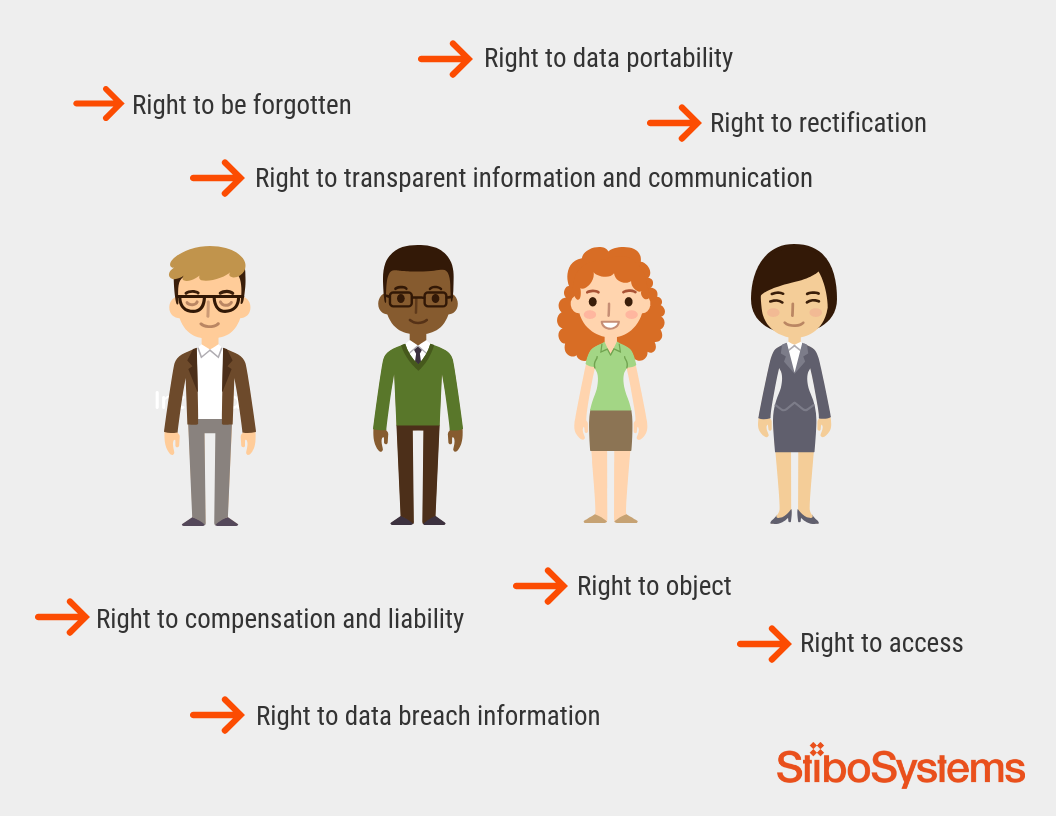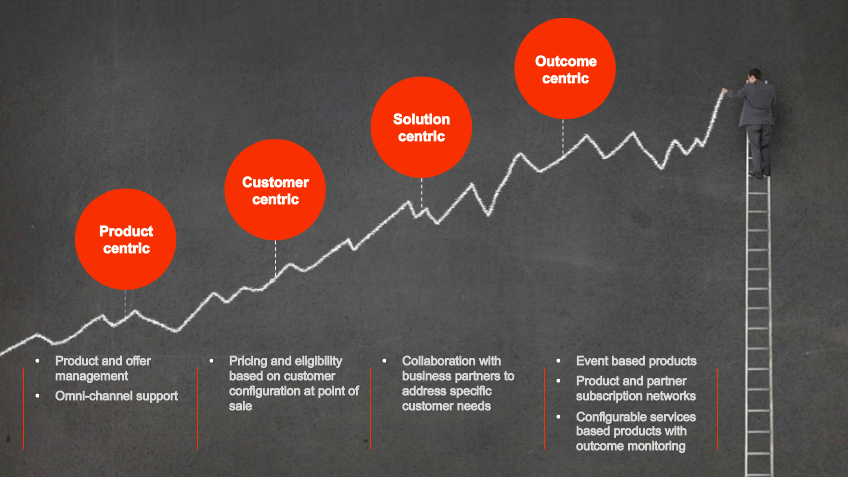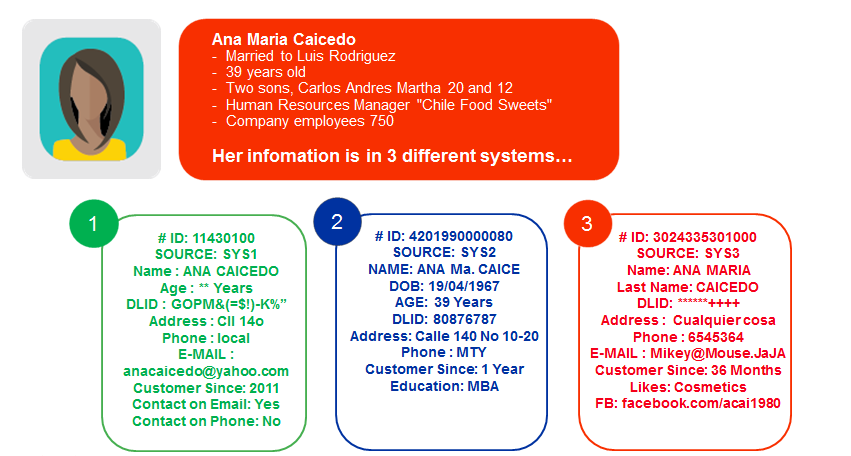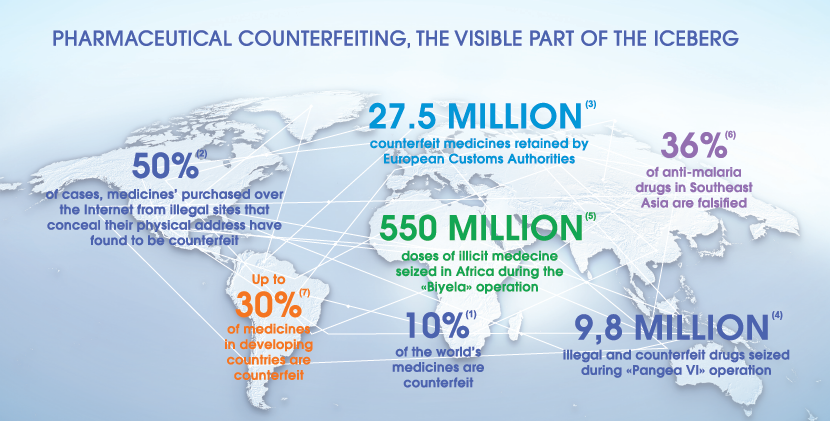For key stakeholders of an online retailer, the best time-to-value software is the one that cuts time to market and reduces manual processes to a minimum.
Automation is the key to success in online retail. And having already invested in digital asset management, marketing automation systems and advanced customer profiling tools, the IT Director will likely want to leverage data further to reduce complexity and manual processes. Complexity can hide redundant data, which B2C companies should be careful to avoid in the post-GDPR era, and manual work is by nature prone to human errors.
The wealth of data calls for syndication and qualification.
The online retail market is highly competitive
Online retail is a highly competitive field, especially if you are not one of the niche players with a specialized assortment. Their success depends on the ability to be specialists within their field and building a loyal fan base.
But how do you optimize revenue when you're an online retailer with 25,000+ products that are easily available commodities, and you cannot add the extra specialist value? You optimize time and costs.
Top 12 reasons why consumers shop online
In the Global Consumer Report, KPMG International mentions the top 12 reasons why people choose to shop online:
1. Ability to shop 24/7
2. Ability to compare prices
3. Cheaper online than in stores
4. Save time
5. Convenience of not going to shops
6. Greater selection
7. Free shipping offers
8. Convenience of everything in one place
9. Locate hard to find items
10. Avoid crowds
11. Products are not sold in my country
12. Avoid checkout lines
What this list shows is that consumers shop online mainly for the sake of convenience and price. The online retailer who can meet that will come out on top as the preferred online shop.
While online retailers benefit from a large digital pool of customers 24/7, they also face a crowded marketplace thanks to search engines, where the competitor is just a click away. The online customer is often not loyal, they compare prices and read reviews, and once they have made their decision to buy, they want their goods without delay and they don’t want to pay for the shipping.
What the online retailer can do to improve their margin and satisfy both customers and owners is to invest in software that reduces manual processes and time-consuming logistics. Time and labor has a huge influence on revenue, especially when the room for competition in online retail is so narrow.
Being first-to-market matters for retailers
Taking the example of an online retailer that plans to launch a new smartphone, it is crucial that all promotional material is in place before product launch. Making it first to market can be the difference between commercial success and failure.
For the planned product launch, the retailer needs a complete marketing package that includes the product description in local language, as well as price tags and pictures to be published online, in advertisements and printed catalogs. They also need a reliable inventory of their different locations if, for example, they offer a click-and-collect service.
Complexity of data
For their marketing package, the retailer receives product data from the smartphone manufacturer. This data is rich but not localized in terms of measuring units and standards. In addition, the retailer receives product data from a local distributor, but this data is incomplete. The product data also needs to be enriched with product standard information like size, weight and certificates, and the retailer needs to add their own sales information including search engine optimized text translated into all relevant languages.
A lot of this information is manually procured and prepared for the department or agency that is responsible for printing the catalog or updating the website.
The list of information sources that are involved in bringing the latest smartphone to market may look like this:
-
The manufacturer of the smartphone: Typically provides an abundance of product data, which is not necessarily all needed and certainly not localized for the retailer’s market
-
A local distributor: Provides localized but incomplete product data
-
A data exchange service: Secures standardized master data like barcodes and classifications
-
Translation service
-
Copywriter
-
Product Master Data Management - traditionally known as Product Information Management (PIM)
-
Digital Asset Management system (DAM)
Data from all these sources are important to have in place and qualified in order to be filed for the final processing before launch.
The problem is that these datasets often only exist in disparate systems, which makes it cumbersome to collect and process them, especially when done manually.
Staff must first download, aggregate, enrich and pack these different pieces of information before they can send them to the printing company or the web manager for the planned publishing.
Automated management of these datasets can save critical time, make the logistics more efficient and provide the competitive advantage of being first to market with the right information.
Streamlining product data with master data management
The solution that can aggregate and qualify data from disparate sources is known as master data management. Master data management does not necessarily replace other information systems; it makes them work more efficiently by connecting them.
Master data management syndicates data from other systems and presents it in a unified format – a “Golden Record” – that can be further enriched by the retailer. Even the translation company can plug into the master data management system and deliver their localization of the product description.
A capable master data management reads different data formats with structured data as in XML or CSV files. It gathers data from the product information and data asset management systems, packs the complete data set, for example, as a PDF file and exports it to the printing company. It can also send an XML file to the online shop, where the publishing date can be set.
Master data management does not display the products online or customize the content or analyze consumer behavior, and it does not automate marketing processes like customer emails. Master data management holds it all together. And it eliminates bottlenecks and therefore shortens the valuable time to market.
In summary, controlling master data smoothens the whole logistics process and saves both valuable time and manual work. This will cut costs and improve the customer experience because time and accurate information is also a pain point for consumers.
Basically, a master data management system syndicates data; and data syndication secures time-to-value.

